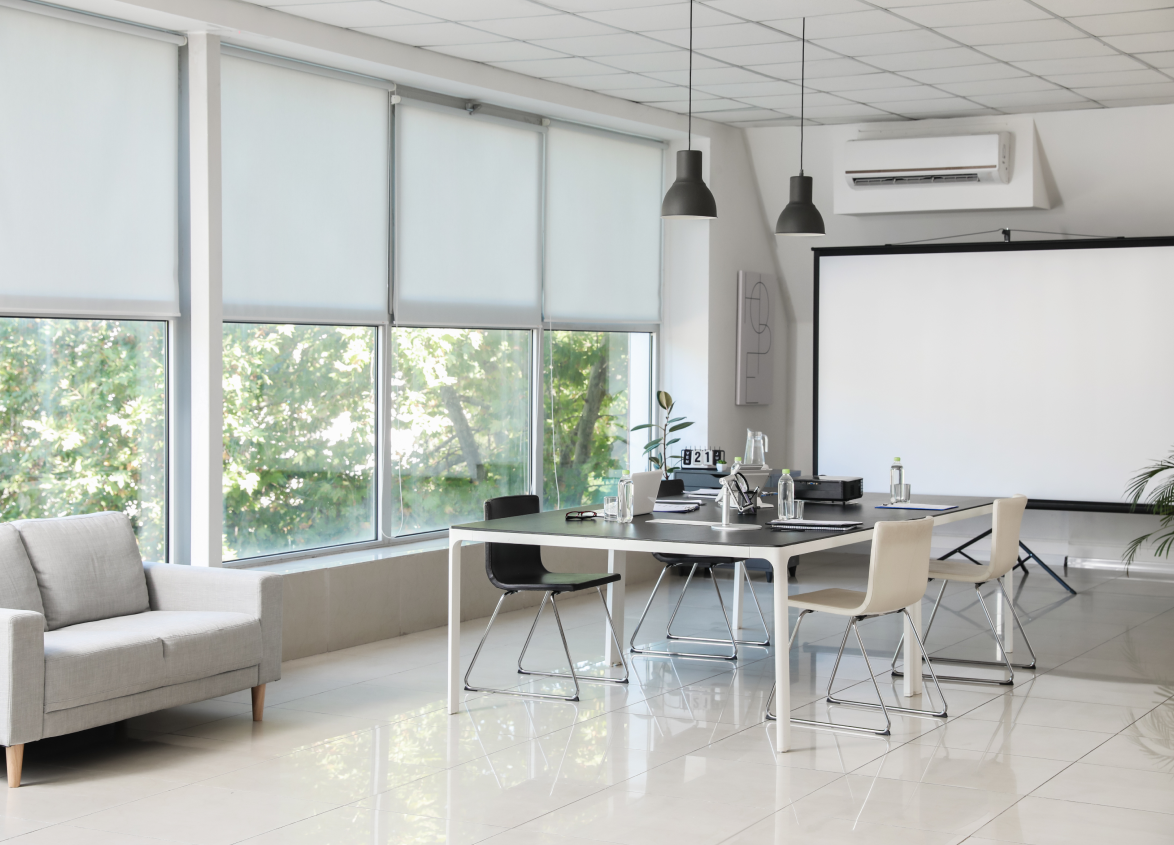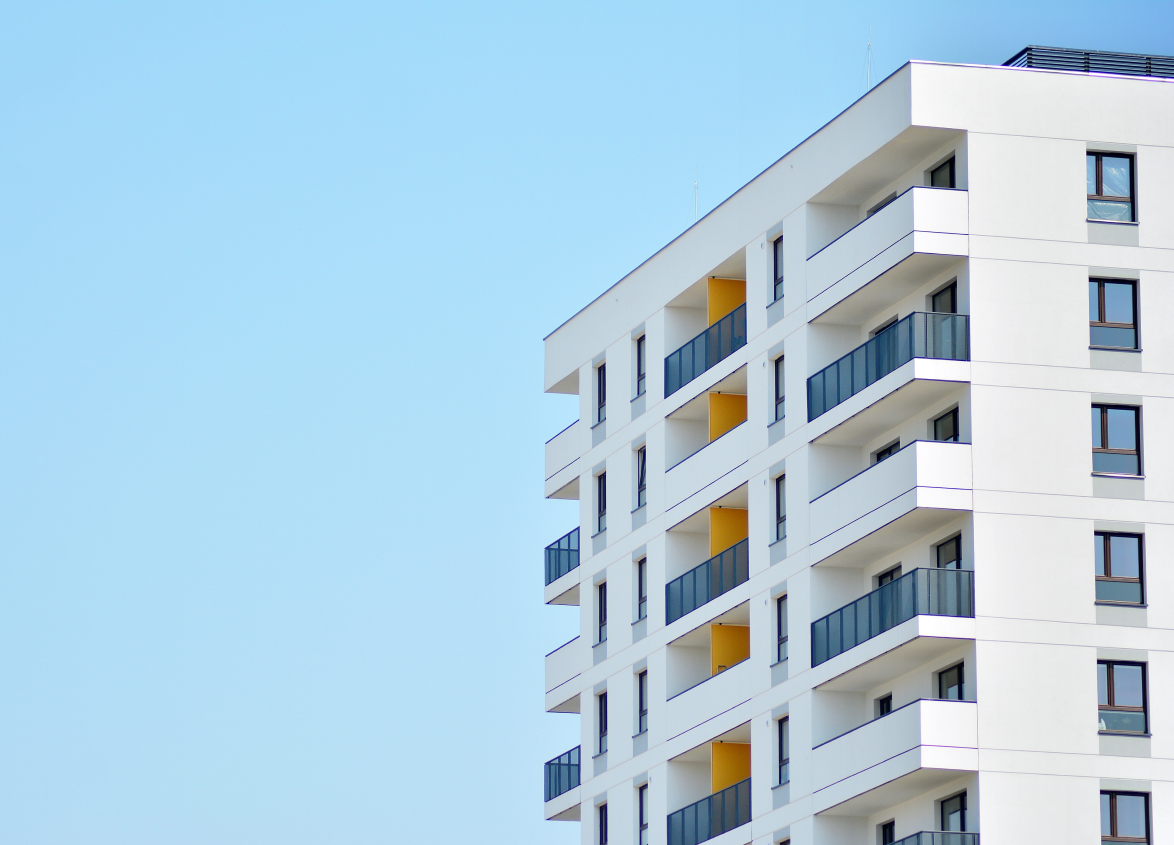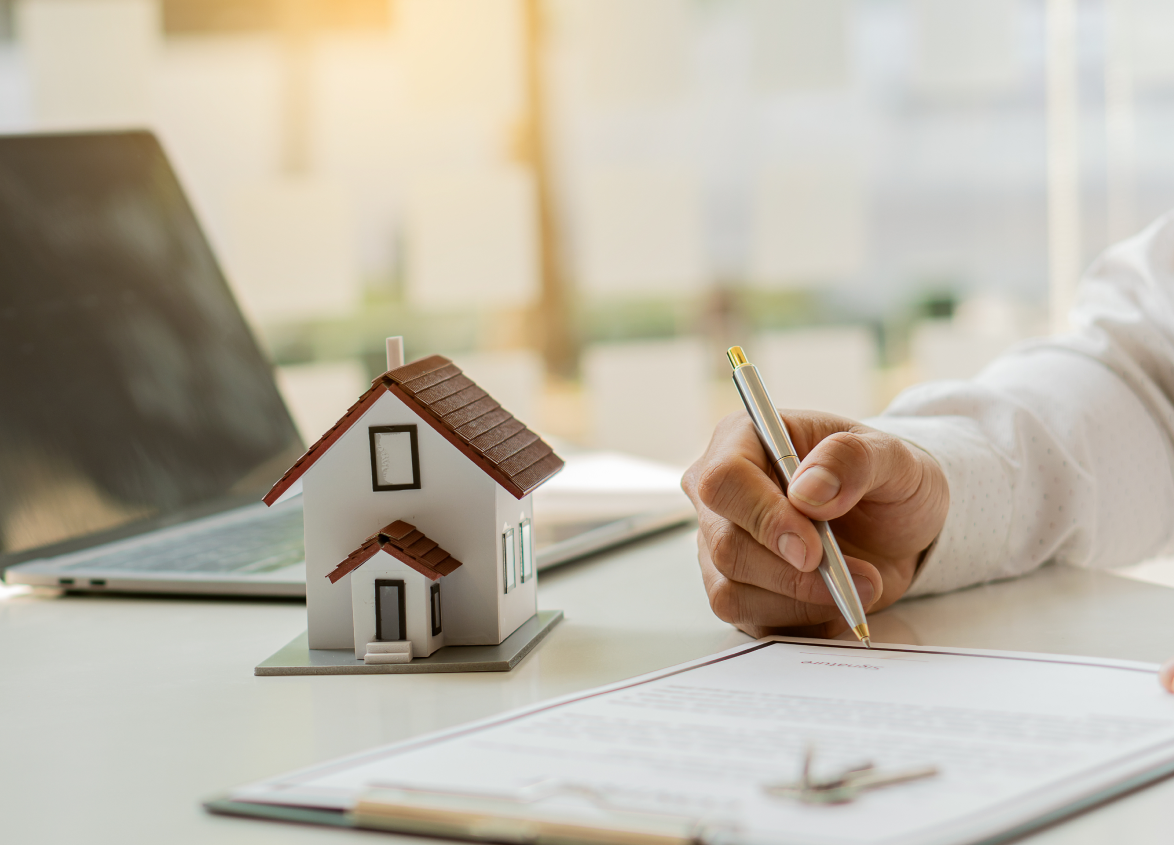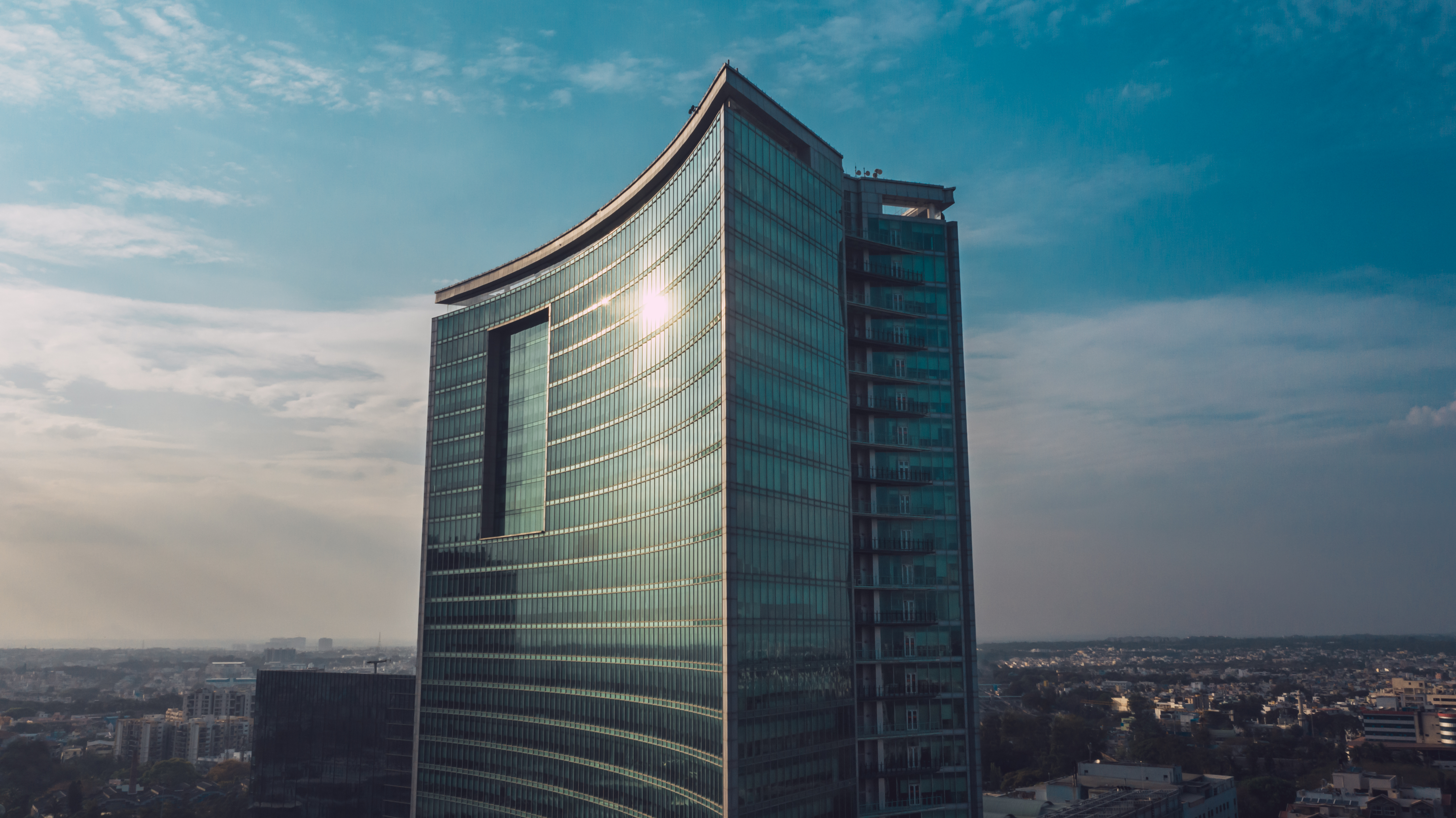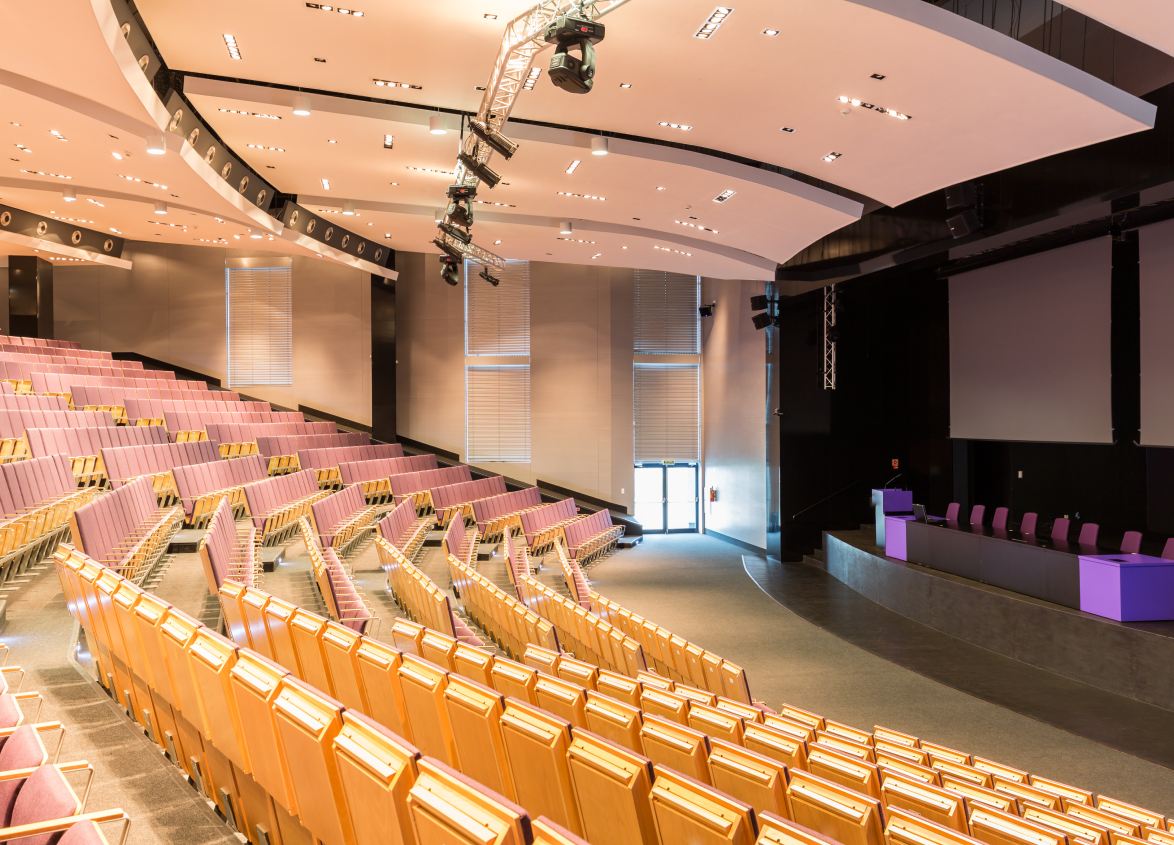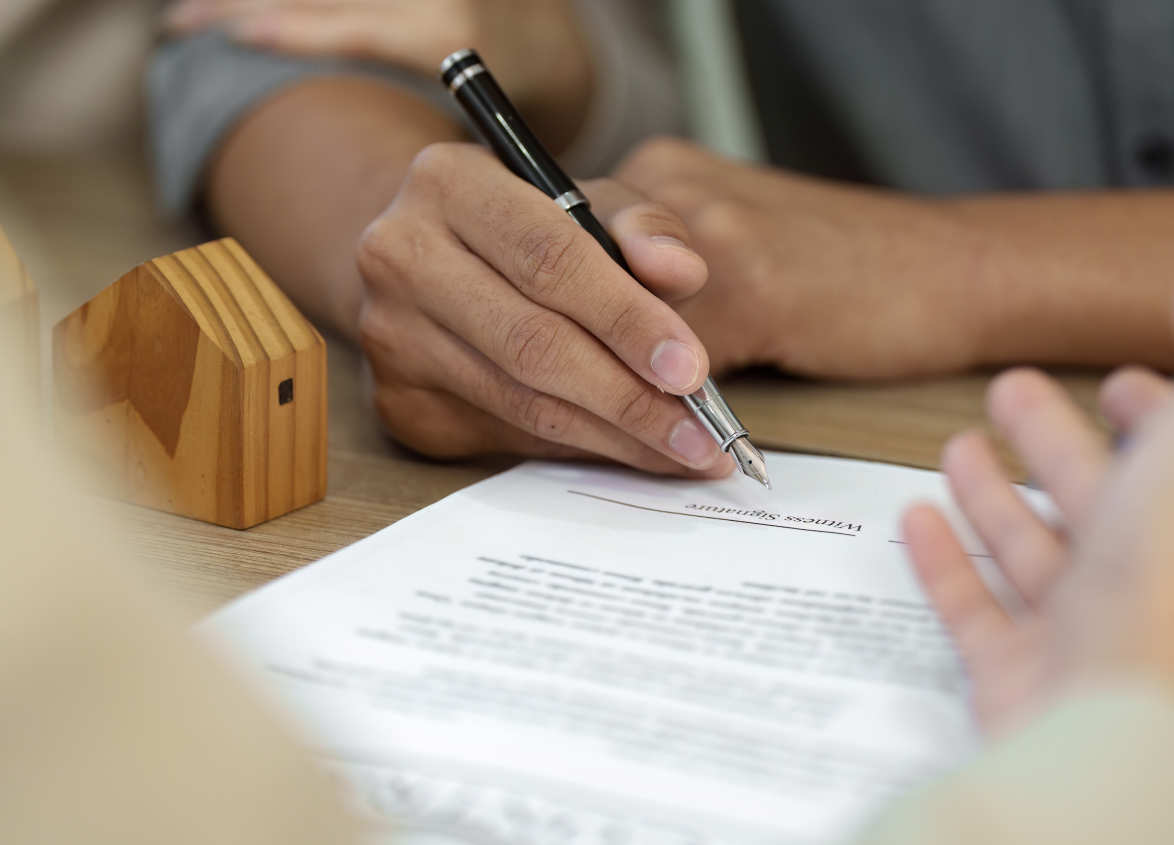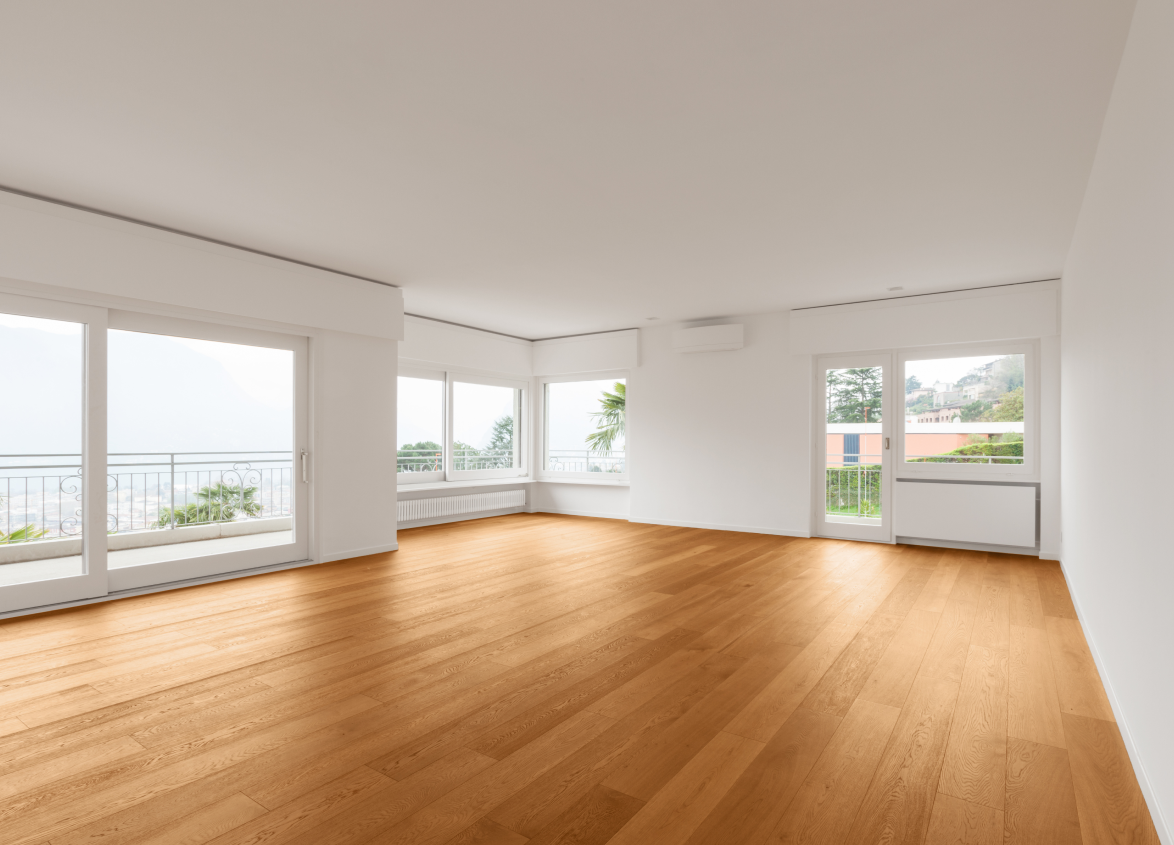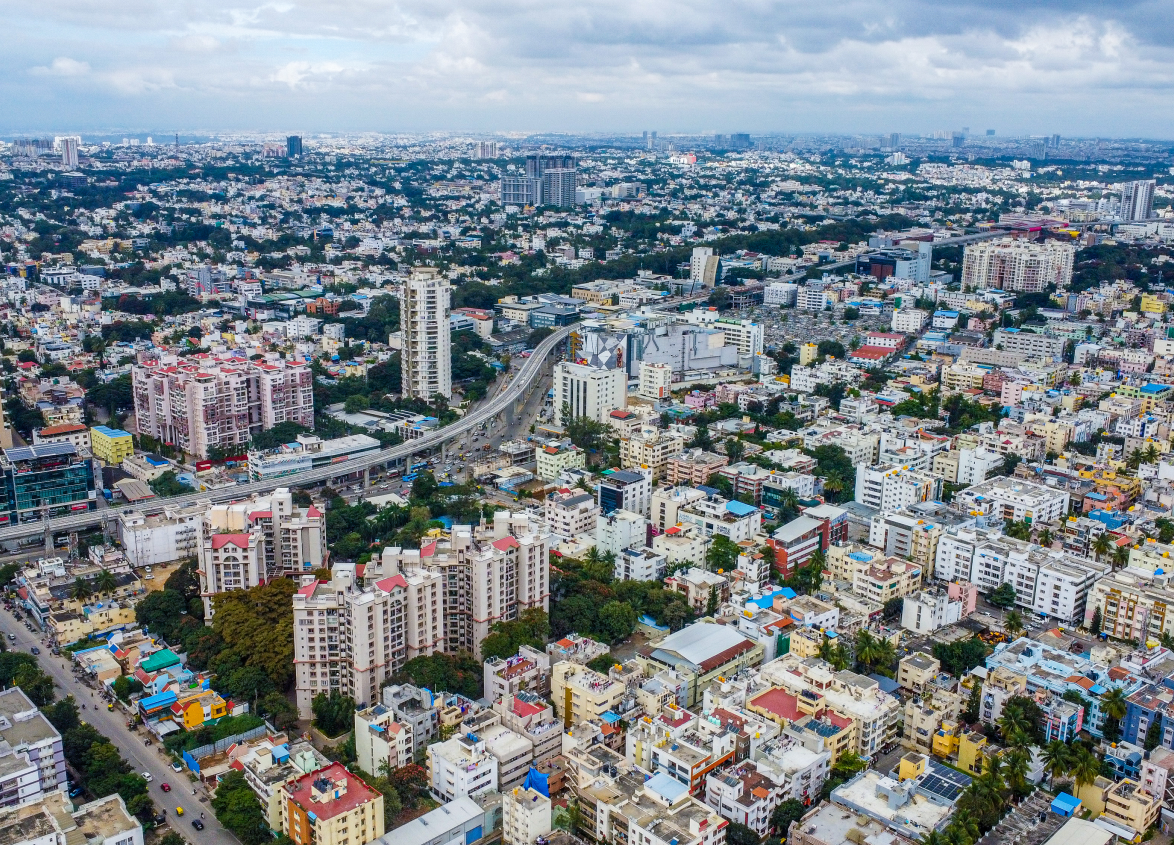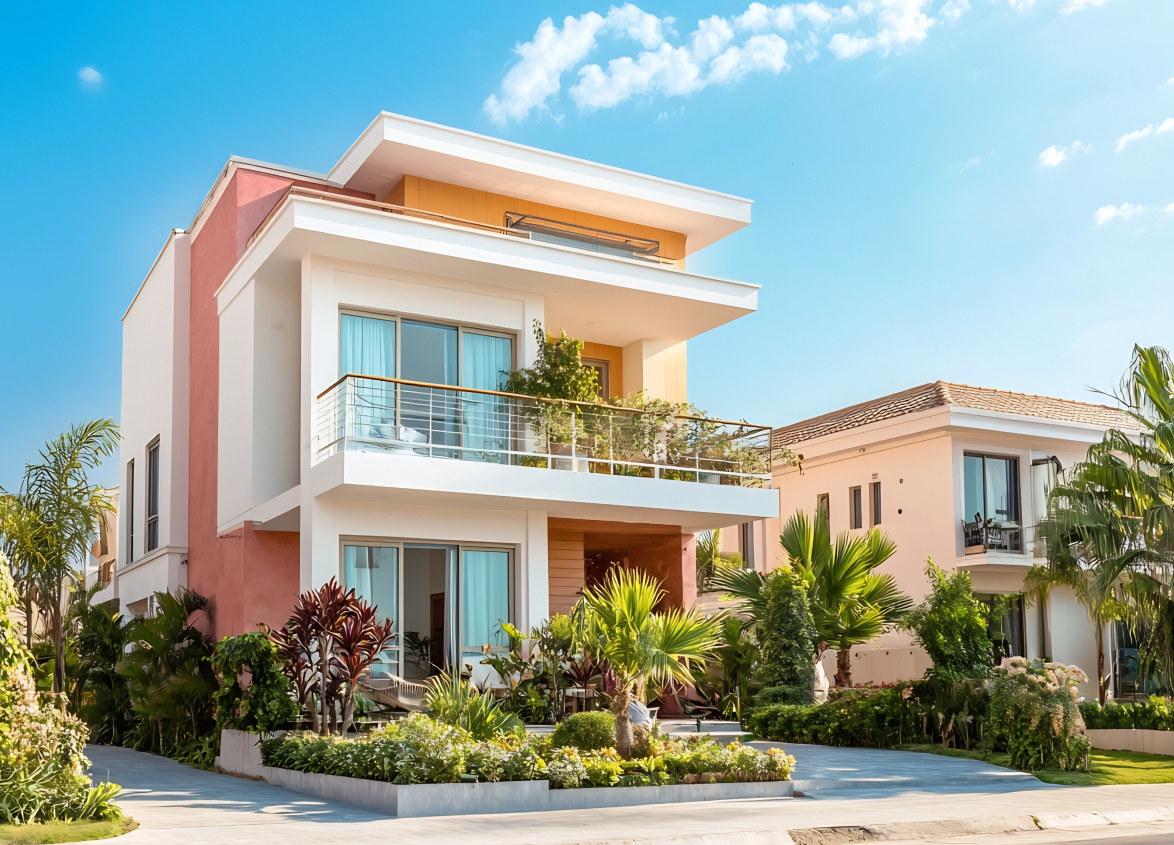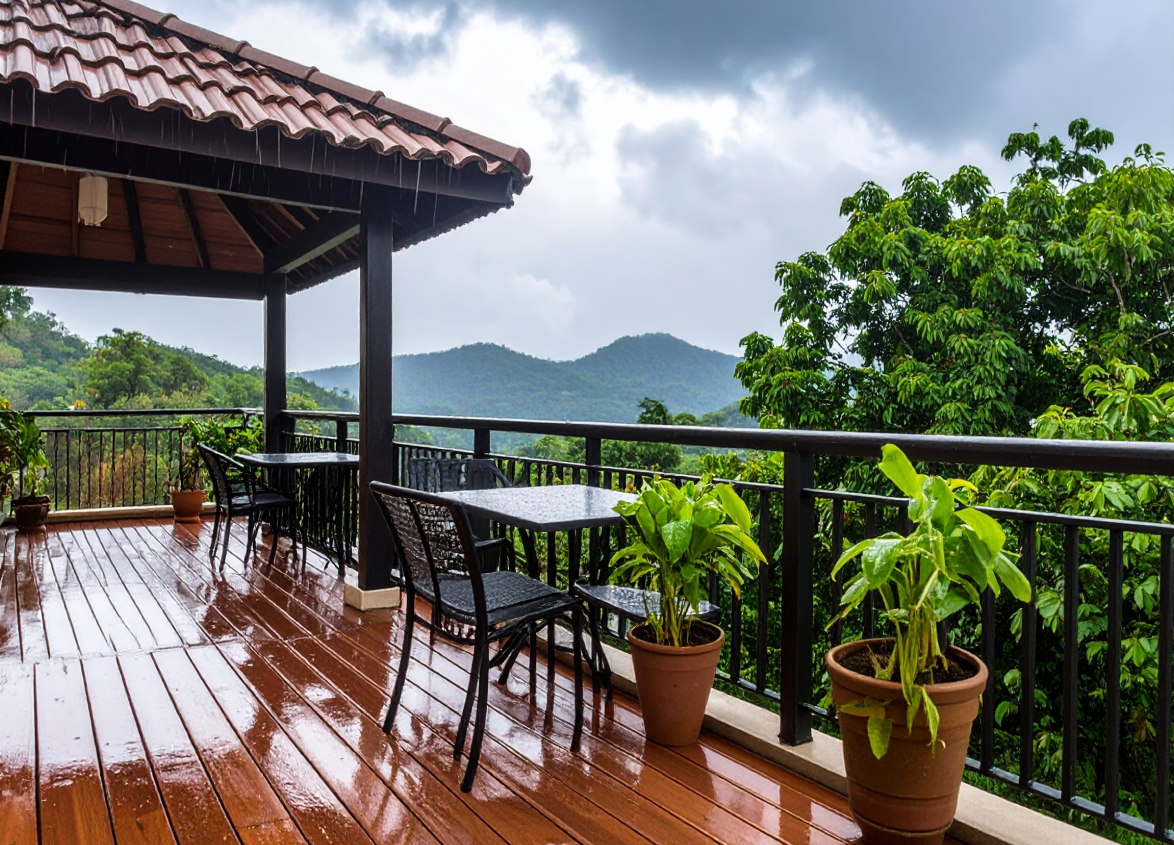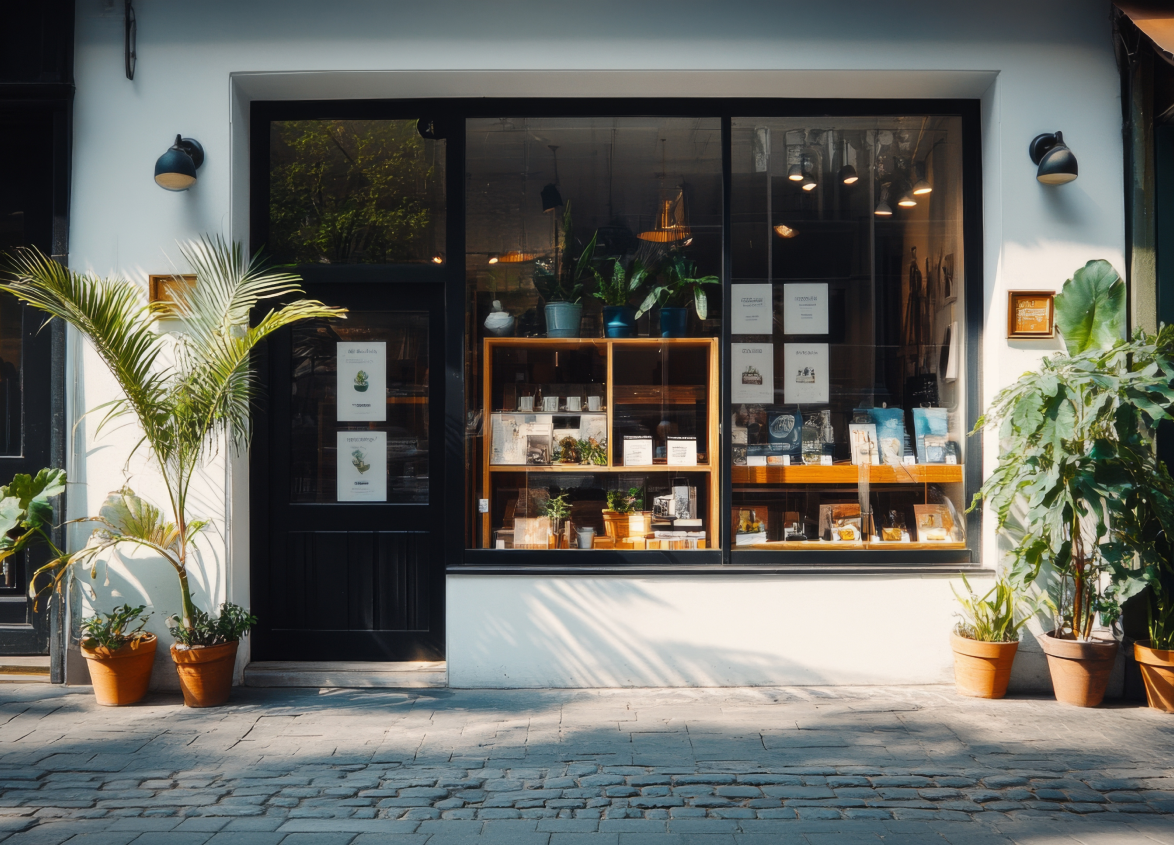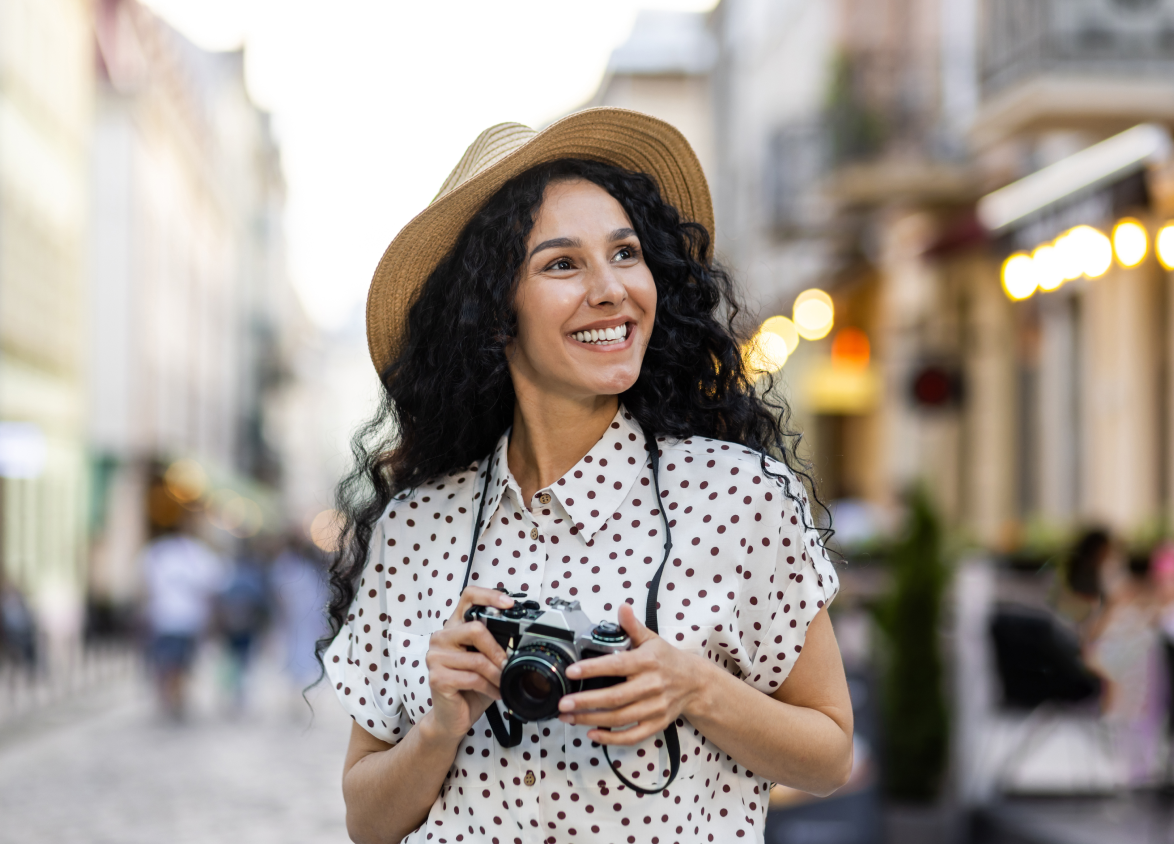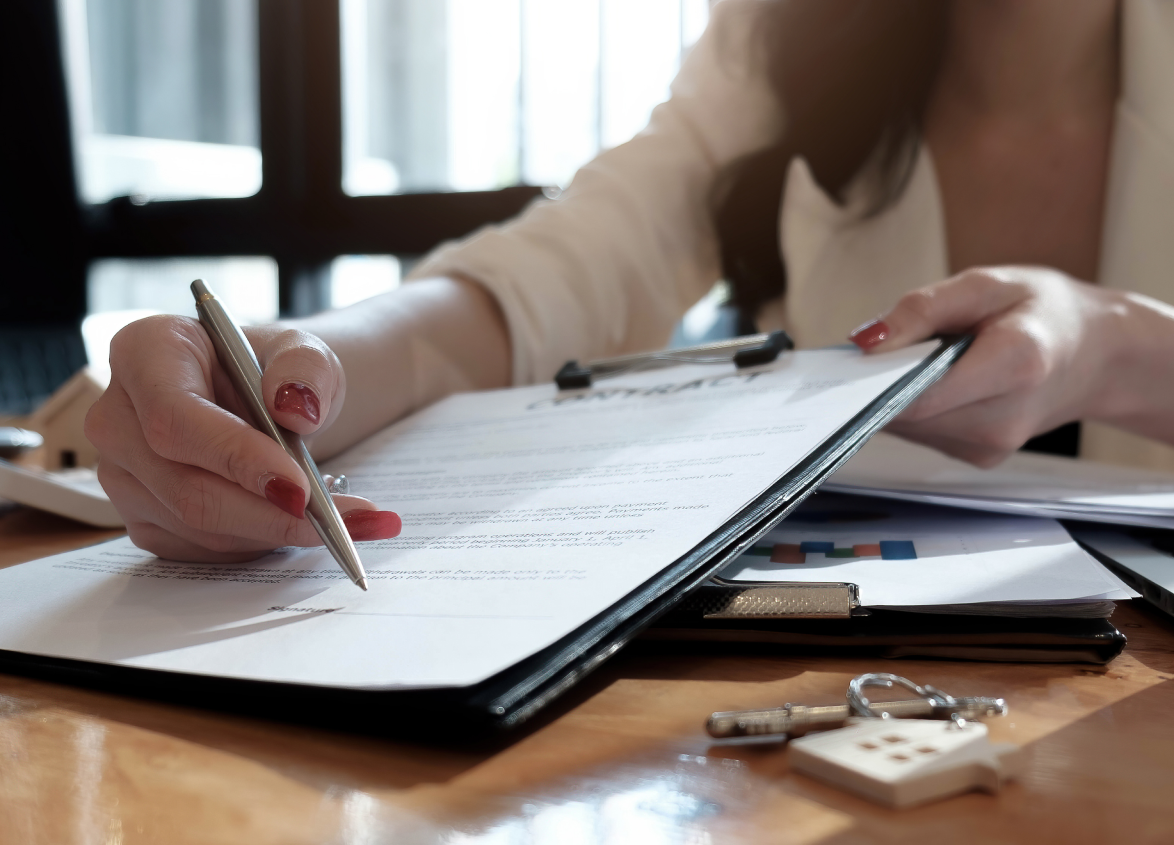
Residential
Understanding the Loading Factor in Real Estate
October 09, 2024
The real estate climate is highly competitive, and this is why it is crucial to grasp all the subtleties. Understanding the loading factor is necessary if you have ever wondered how much you are paying for the carpet area while investing in real estate.
Once the search for an apartment begins, you may encounter technical terms like loading factor, super built-up area, carpet area, and so on. Of all these factors, the loading factor is a critical component because it directly affects apartment cost and practicality.
A better understanding of the loading factor in apartments will enable you to evaluate investment packages and decide whether investing in them is worth it or not. Let's discuss the loading factor in detail, understand what it is, how to count it and what its influence is on the future design of the apartment.
What is the Loading Factor?
The loading factor in apartments represents the proportion between the carpet area and common areas. Your super-built-up area includes the common area and carpet area. The common area consists of lifts, staircases, parking areas, clubhouses, and sometimes green areas, which are common to all residents.
The carpet area is the total area of the apartment used exclusively by the homeowner, including the area of the floor that can be carpeted. The super-built-up area is the carpet area plus the proportionate area of the entire building. The loading factor, therefore, shows how much extra space is in the super built-up area but isn't part of the living space. (Or carpet space.)
Also Read - All You Need to Know about Carpet Area, Built up Area and Super Built up
From consumers' perspective, this means that people buying an apartment get a part of the total space of the building for which they are paying. However, that area cannot actually be used as part of the residence space. It is used for common facilities or infrastructure.
This concept plays a bigger role when comparing the prices of different apartments since the price per square foot may significantly differ.
How is the Loading Factor Calculated?
By determining the loading factor, you will be able to see how much of the floor area purchased will be your actual living space. The loading factor formula is simple.
Load Factor (%) = ([Super-Built-Up Area – Carpet Area] / Carpet Area) x 100
For instance, suppose you are looking at a flat with a carpet area of 1000 sq ft and a super-built-up area of 1300 sq ft. The calculation would be:
Calculate load factor = [(1300 – 1000) / 1000] x 100 = 30%
This means that of the space you are paying for, only 70% is usable, while your 30% payment is for the common area.
What is the Ideal Loading Factor?
So, what is the ideal loading factor for you? Short answer — It depends.
It is important to note that the loading factor differs according to the types of projects and locations. In most residential buildings, the loading factor is commonly between 20% and 40%. Here's a breakdown of what various loading factors might indicate:
Below 20%: This is considered great since the majority of the area you are paying for is part of the gross living space known as 'habitable space.' Such low loading factor percentage makes the apartments highly cost-efficient.
20% to 30%: This is usual for high-rise apartment buildings, where customers look for a middle ground between common and personal areas.
30% to 40%: This range is mostly realized in the elite developments where more space created for amenities, such as the gym, pool, and lounge, among others. This may be acceptable where the amenities are proportionate to the high loading factor.
Above 40%: Normally, space occupancy by the loading factor over 40% is undesirable and too high. In such circumstances, even if the trade-offs seem worth it for reasons like the society or neighborhood, evaluating the amount you will be paying for that is advisable.
Components of Loading Factor in Real Estate
Understanding the components that make up the loading factor enables you to correctly analyse apartment design and cost. Let’s help you make the right decision. The components typically include:
Lobbies and Corridors: These are useful for getting from one part of the building to another and are necessary for architectural design. They can be of any size, depending on the size and number of apartments on every building floor.
Staircases and Lifts are crucial in handling movements throughout floors, especially in large complexes with many floors. These shared spaces significantly contribute to the loading factor.
Parking Areas: Although parking is essential, in some cases, the space designated for parking can equally form part of the loading factor if incorporated into the building plan.
Recreational Areas: Premium buildings and complexes can have clubhouses, gyms, swimming pools, or gardens, and all these services add up to a higher loading factor. Though they increase livability and improve the quality of life, they decrease your personal livable space.
Utility Areas: These include electrical and mechanical rooms, plumbing fixtures, and maintenance areas. Although residents may never use these spaces directly, they are necessary to the building's operation and are attributed to the loading factor.
Importance of Optimal Loading Factor in Apartments
The loading factor, without any doubt, is one of the major deciding factors when investing in apartments – it determines an apartment's price, functionality, and worth. Here's why an optimal loading factor is vital for homebuyers:
Cost Efficiency: A high loading factor implies that you pay for extra space that is not part of the apartment. In each case, the question should be asked: Is the proportion of common space you are paying for worth it?
Amenity Balance: Amenities like fitness centres and spas are now normal in almost all luxury societies. These amenities increase the load factor while at the same time adding value to the property. A logical load factor signifies homebuyers get to enjoy good-sized personal and shared spaces.
Maintenance Costs: When the buildings have facilities with high loading factors, the common areas are large, and therefore, the maintenance costs would also be higher. This should also be taken into account when calculating housing costs that will be incurred in the long run.
Liveability: Although amenities increase the quality of life, a high loading factor can reduce the overall livable area and squeeze space, which can make it feel less optimal. Thus, the liveability of the apartment must be considered in addition to the loading factor.
Apartment Loading Factor in Different Cities
Loading factors in one city can be drastically different from another depending on factors like population density, the demand for real estate and the standard amenities expected from the developer. Let's have a look at some average loading factors in major Indian cities:
City-Wise Loading Factor (in %)
- Delhi: 25% - 40%
- Mumbai: 35% - 45%
- Bangalore: 20% - 30%
- Hyderabad: 20% - 35%
- Chennai: 22% - 35%
- Pune: 25% - 30%
The loading usually varies across regions due to differences in space availability and the market demand for premium amenities. Given their limited space availability, cities such as Mumbai and Delhi usually have a higher loading factor. On the other hand, cities such as Bangalore and Pune show moderate loading factors.
Future Trends for Loading Factor in Apartments
The real estate business is constantly evolving, and certain trends may reshape how the loading factor is determined and perceived currently. You must be aware of these trends. Here are some noteworthy trends right now:
Sustainable Designs: Sustainability is a key determinant in construction, so real estate properties incorporate greenery facilities, solar energy, and waste disposal. These designs may raise the loading factor initially but simultaneously reduce long-term costs through energy savings and eco-friendliness.
Technology-Driven Spaces: Urban evolution, smart houses, and the growth of artificial intelligence in building management could lead to changes and a focus on technology-centered common areas. Functions such as built-in lighting, intelligent-type lifts, and climate control systems can regulate the usage of the common zone, thus decreasing the loading factor.
Customisation: Another trend among developers is the possibility of changing the density of the apartment, providing customers with an opportunity to set up their share of personal territory in the way they want. This could also result in a less rigid approach to loading factors, which can be recommended to the buyers and take their perspective on the layout.
Efficient Use of Space: As pressure on available urban space escalates in the future, future designs could try to optimise the loading factor, thereby decreasing the loading factor without necessarily affecting the amenity space. Infrastructural designs such as modularity, flexibility, functionality, and compactness, among others, could help realise this goal.
Final Words
Any home buyer must understand more about the loading factor before making an investment. It specifically impacts the cost, practicability and efficiency of an apartment. A high loading factor means that a considerable part of the area agreed to be rented or purchased is the common property of the society and, therefore, not livable.
In contrast, a low loading factor is desirable because most of the agreed-upon area is livable. The ideal loading factor is relative, and improvements such as better shared facilities and common services can justify it in many situations, depending on your requirements.
If you are investing in real estate, always take a comprehensive approach when evaluating properties. You must carefully consider both the personal and shared benefits.
Brigade Group considers these crucial factors, such as loading factors in apartments, while formulating the architectural techniques and customer relations. We acknowledge the importance of giving each tenant enough space for individual and sufficient communal spaces.
Common areas, corridors and amenities often require careful design in order to minimise costs. This way, a buyer can have enough private space with well-designed shared rooms and hence get good value for money. If you need more information, feel free to contact us or leave a comment.
Frequently Asked Questions
1. What is the loading factor in apartments?
The loading factor in an apartment is the ratio of the total super built-up area, which consists of the carpet area and common area. The common area you pay for while investing in an apartment amounts to the loading factor.
2. How do you calculate the loading factor in an apartment?
To calculate the loading factor, use the formula Loading Factor (%) = [(Super Built-Up Area – Carpet Area) / Carpet Area] x 100.
3. What is the loading factor in RERA?
According to the Real Estate (Regulation and Development) Act (RERA), a developer must provide the carpet area separately, which helps to differentiate clearly between the super built-up area and loading factors. This regulation is helpful to homebuyers since it makes the information clearer.
4. Why is the loading factor important for homebuyers?
The loading factor affects the size of an apartment's living space and the cost per square metre. This implies that a higher loading factor can also be associated with a lower usable area of the building.
5. How can buyers evaluate the loading factor in apartment listings?
Homebuyers can request carpet and super built-up areas from the developers and then apply the formula above to determine the loading factor.
6. Can the loading factor be customised in apartment designs?
Although loading factors are usually pre-determined by the developer, subsequent works may affect them, changing the overall loading factor you are paying for.
7. What is the role of architects and developers in optimising loading factors?
Designers and architects have to ensure that building construction balances the individual and the common area. The clients' decisions clearly impact the loading factor and influence the property's value proposition.
8. How does the loading factor impact the future of apartment design?
Recent advancements in architectural design trends, such as green buildings and harnessing smart technologies, have caused loading factors to change. These technological advancements lead to low loading factors because space designs are made more efficiently.
9. What are the trends in sustainable and technology-driven property design?
Eco-friendly designs focus on energy conservation. Technology-enhanced designs emphasise smart home systems and the efficient use of these spaces. This, in turn, might lower the loading factor.
10. What is the relationship between the loading factor and property value?
The loading factor influences the ratio between usable and total space hence it affects property price. This means that if the loading factor is high, it will make the building so expensive to invest in.
MUST READ
Looking for something specific?
We'd be delighted to help you.
